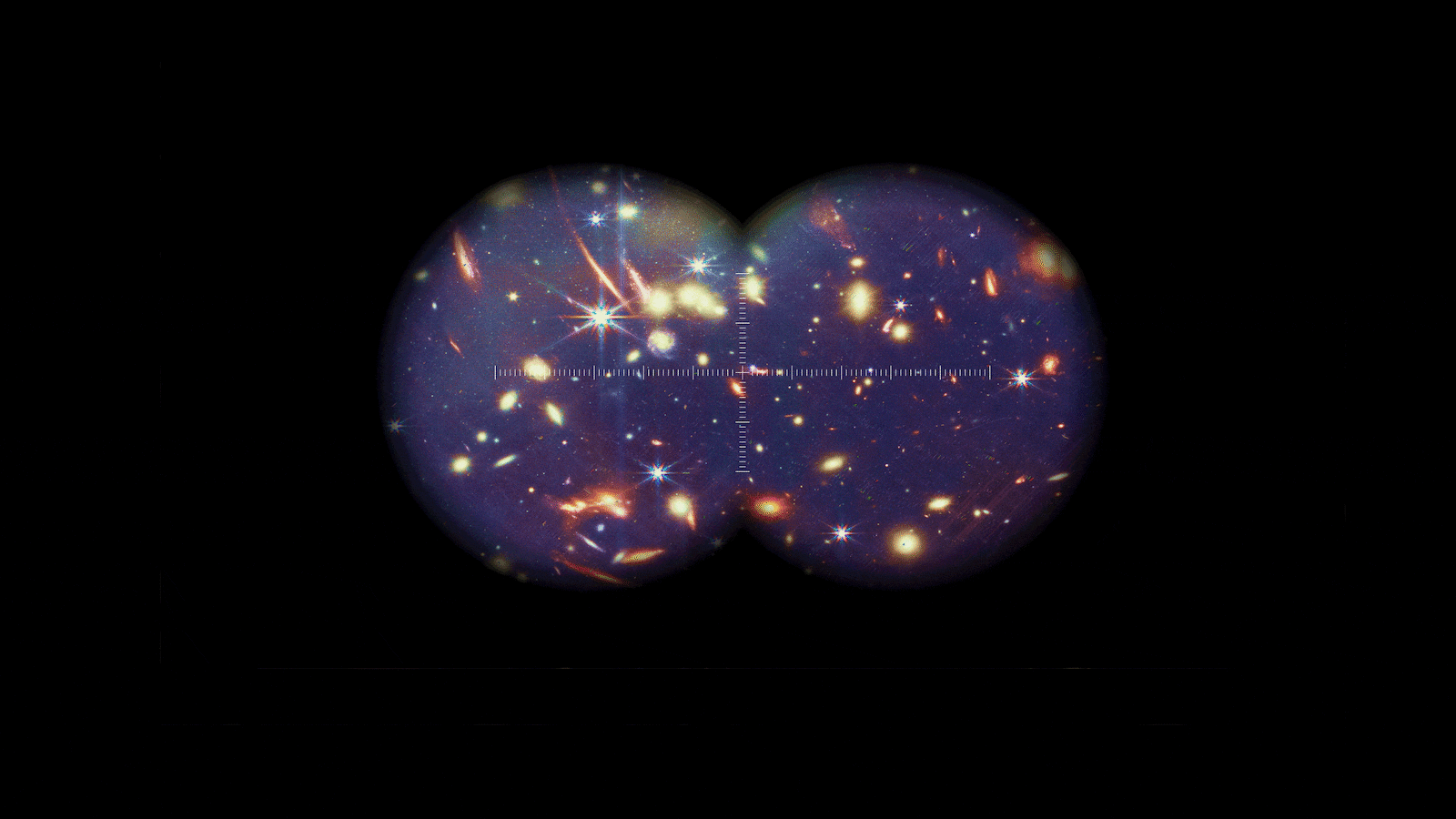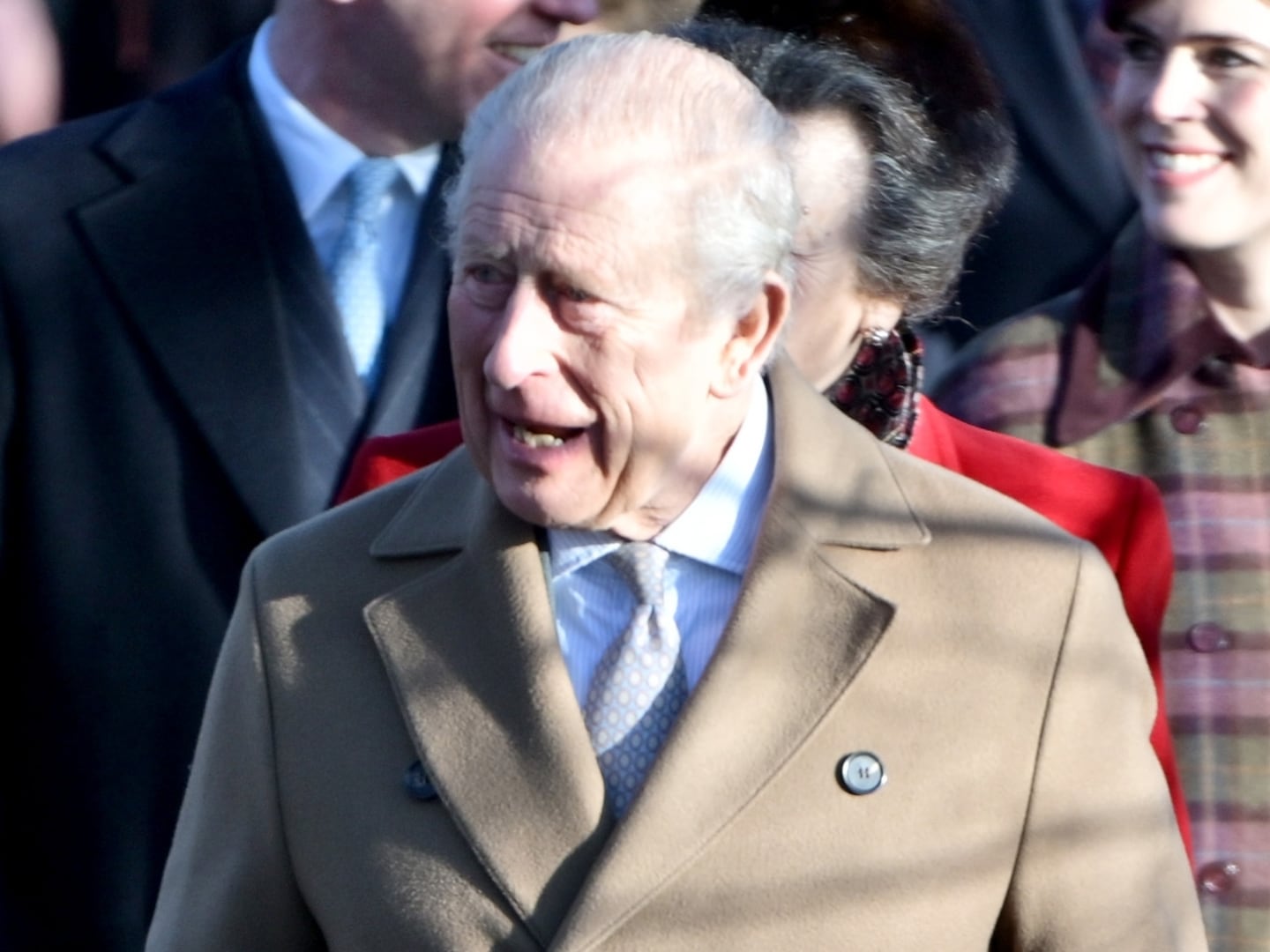It was a typical February morning in Chelyabinsk, a large city sitting in the shadows of Russia’s Ural mountains. People bundled up to get into their cars to drive to work through the snowy Siberian town. Around 9:30 a.m, though, something surreal happened: A massive streak of light seared across the sky.
For a moment, it even grew brighter than the sun as it silently bloomed like a burning flower. After a few seconds, though, an explosion followed—shattering glass windows in buildings and cars, and rupturing peoples’ ear drums. The boom was so large that the roof of a nearby zinc factory collapsed entirely.
The explosion sent nearly 1,500 people to the hospitals for injuries including glass cuts, flash blindness, and even ultraviolet burns due to the light. It also damaged more than 7,200 buildings. The culprit, as researchers later found out, was a comet roughly 20 meters wide. Perhaps the most disconcerting thing about it aside from the damage and injuries it caused to the city was that it went largely undetected by astronomers and asteroid surveyors on the ground.
Dmitry Rogozin, the former chief of Russia’s space program, called on the international community to create an early warning system for “objects of an alien origin.” The then-Russian prime minister, Dmitry Medvedev, said the meteor showed that the “entire planet” was vulnerable to asteroids.
Throughout all of the chaos, one thing was clear: that the 2013 Chelyabinsk meteor incident had taken the world by surprise. For a moment, the planet was caught entirely flat-footed to a potentially deadly near-Earth object that injured people and damaged a city of more than 1 million people. If it was bigger—say more than 100 meters across—it could have wiped Chelyabinsk off the face of the map.
Unfortunately, nine years later, the world is still unprepared for a deadly asteroid.
It’s not as if there’s been no progress whatsoever, but in the grand scheme of a death and devastation we can hardly imagine we’ve only made baby steps. NASA launched the Planetary Defense Coordination Office in 2016 to identify and respond to any potential comet or asteroid impact endangering Earth. It was tasked with complying with a congressional mandate to the agency issued in 2005 to identify at least 90 percent of all near-Earth asteroids that are 140 meters wide or larger. NASA was supposed to finish that task by 2020. Thus far, it’s only been able to find 10,000 such objects out of an estimated 25,000.

Workers repair a power line near the wall of a local zinc plant that was damaged by a shockwave from a meteor in the Urals city of Chelyabinsk, on Feb. 15, 2013.
AFP via Getty“We’re only at about 41 percent complete with what Congress tasked us with,” Lindley Johnson, the PDCO officer, told The Daily Beast. NASA’s inability to find the asteroids even led to a damning Inspector General Report in 2014.
But things are starting to ramp up. At 7:14 p.m. on Sept. 26, NASA’s DART mission successfully slammed a spacecraft into the Dimorphos asteroid roughly 7 million miles away—marking the first ever test of a kinetic impact device to change the trajectory of a space rock.
The idea is that if we can nudge a potentially deadly asteroid by just a tiny bit, we can move it on a path that avoids a collision course with Earth.
The PDCO is also planning to launch a probe dubbed the Near-Earth Object (NEO) Surveyor in 2026. The orbital telescope will be tasked with spotting and cataloging all near-Earth asteroids within the decade of its launch, and finally accomplishing the mission that Congress tasked NASA with in 2005.

The DART mission is NASA’s first test of a kinetic impactor to try to deflect the orbit of an asteroid.
Jim Watson/GettyBut the fact remains that we still don’t know where nearly 60 percent of world-threatening, near-Earth asteroids are in the cosmos. And as we saw in 2013 in the skies above Chelyabinsk, it only takes one big object to slip past our detection to cause massive destruction. That’s why it’s imperative that the NEO Surveyor get up and running as soon as possible. “Finding them is a big part of what we do,” Johnson explained. “We can’t do anything about an asteroid unless we know if they’re coming.”
If we do manage to spot one coming, the only tool in our arsenal currently are kinetic impactors like DART. While the PDCO is working on other solutions such as a gravity tractor that can “tow” an asteroid away using gravity, and an ion beam deflector that uses an ion engine to push the asteroid away, those are still in the design concept phase. The latter two solutions would also require years if not decades of advance notice in order to move the asteroid enough so that its trajectory no longer poses a threat to Earth.
There is one fact we can take solace in: Based on our current survey of near-Earth asteroids, there is no space rock the size of the ones that wiped out the dinosaurs 65 million years ago that “represents any hazards to Earth in the foreseeable future,” said Johnson. “An extinction-level event that could wipe out the species is not something that we need to be concerned with.”
However, he added that if an asteroid the size of Dimorphos (roughly 170 meters wide) were to impact the U.S., it would “devastate a state-wide area,” while also throwing enough dirt and debris into the atmosphere to “significantly affect the environment.” It’d be very similar to what would happen if a nuclear bomb was dropped or if a large volcano erupted—as has happened before in the past. Smoke and dust would blanket our atmosphere leading to an incredibly significant drop in global temperatures. This could lead to crop failure, species extinction, and a catastrophic loss of human life. Also, wherever the asteroid impacted would be completely decimated.
Perhaps the most disconcerting part, though, is the fact that we humans can’t seem to work together or agree on anything at all—even when it comes to threats to our very existence. Look no further than how the world at large is reacting—or, rather, not reacting—to the growing climate crisis. This is something scientists have been warning about for decades, and we still can’t agree on basic guardrails to ensure temperatures don’t rise. When a killer asteroid starts barreling its way towards Earth like a cosmic bullet, what makes us think that we actually put our differences aside to do something about it?
Nevertheless, Johnson’s a bit more optimistic about humanity’s chances.
“It is an international effort,” he said. “No one nation should go it alone nor do they have the capabilities to go it alone if we were to get into the real world situation. We want to get the space agencies on the same page about what is the viable thing to do in the future.”
The DART mission and whatever follows are much needed. Future generations will count on whatever it is we do today, whether it be sending ion cannons to zap asteroids out of the sky or identifying near-Earth objects, to set them up for success in the future.
Let’s just hope that, unlike us today, they’ll learn how to work together to prevent our collective doom.






